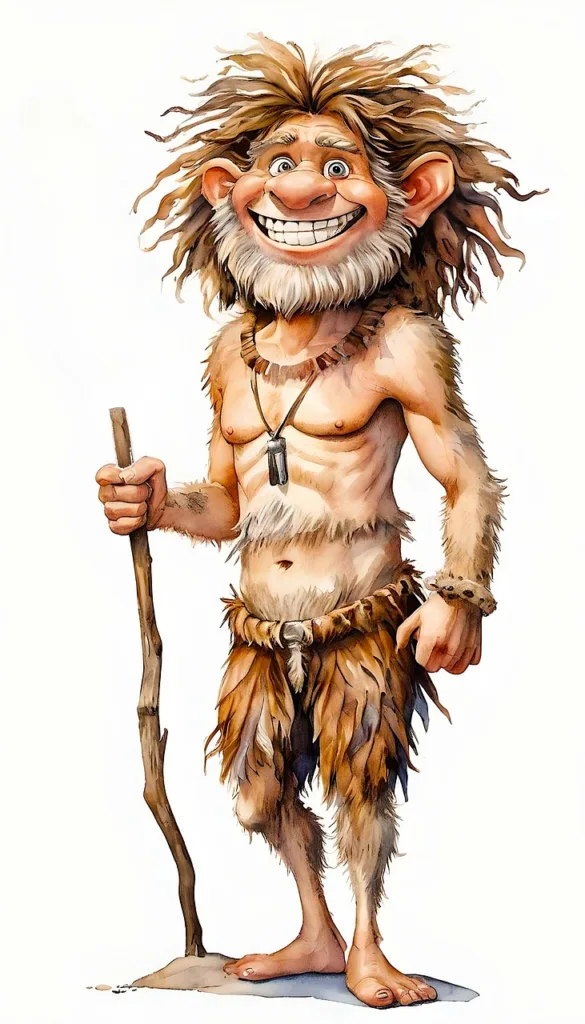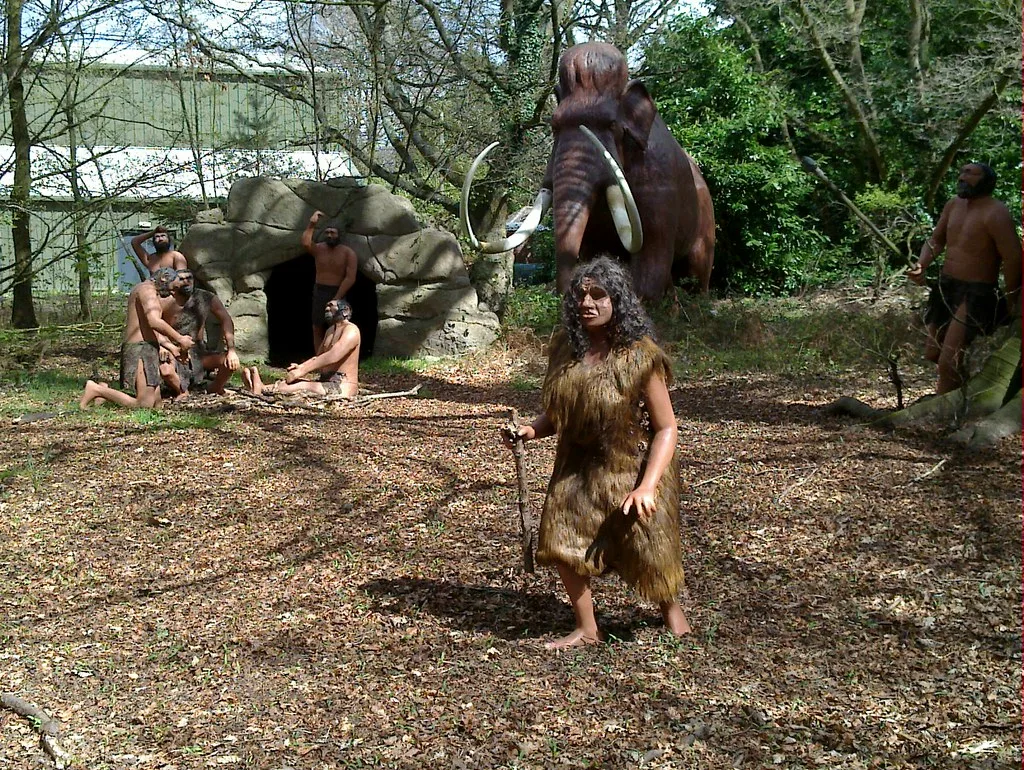Table of Contents
It’s Possible That Human Ancestors Opposed an Evolutionary Trend
Competition is believed to be a zero-sum game in evolution. One species survives by adapting. One dies off and another doesn’t. There may be an exception for our ancestors, according to a recent study published in Nature Ecology & Evolution.
Evolutionary theory’s conventional wisdom has maintained that different hominid species have arisen and fallen according to different climates. Interspecies rivalry is also significant in the majority of vertebrates. The study claims that in our forebears, that role has been downplayed.
“We have been ignoring the way competition between species has shaped our own evolutionary tree,” a press release from the University of Cambridge’s Laura van Holstein, the paper’s author and archaeologist, stated. “The effect of climate on hominin species is only part of the story.”

Rivalry Among Early Hominins
Van Holstein recorded the dates of the existence of 385 known hominin species, ranging from Australopithecus sediba to Homo floresiensis, in a database. Utilizing a statistical analysis methodology, the researchers looked into the role rivalry had in the evolution of our ancestors.
Van Holstein discovered that, similar to other mammals, a large number of early hominins saw an increase in species separation followed by a plateau, after which extinction rates began to rise.
But van Holstein made a strange discovery when examining the later “Homo” groupings of hominins. According to her findings, there seemed to be competition among Homo species, which led to the emergence of new species.
Van Holstein stated, “This is nearly unmatched in evolutionary science.”

Her analysis clarifies why there are occasional irregularities in the hominid fossil record. Compared to earlier theories, a greater number of hominin species were probably coexisting and possibly even competing. The discovery of a specific fossil that links a particular species to a certain period and location, she continued, means that the fossil record by itself is unable to properly explain the split into species.
“The earliest fossil we find will not be the earliest members of a species,” van Holstein stated.
Adaptive Action
So why are they different? In later times, the report claims, Homo sapiens evolved into ecosystem engineers. Later species benefited adaptively from learning to produce and utilize tools and build fires, which allowed them to advance more quickly than any evolutionary change.
“Adoption of stone tools or fire, or intensive hunting techniques, are extremely flexible behaviors,” van Holstein stated. “A species that can harness them can quickly carve out new niches, and doesn’t have to survive vast tracts of time while evolving new body plans”.

“Adoption of stone tools or fire, or intensive hunting techniques, are extremely flexible behaviors,” van Holstein stated. “A species that can harness them can quickly carve out new niches, and doesn’t have to survive vast tracts of time while evolving new body plans.”
“Adoption of stone tools or fire, or intensive hunting techniques, are extremely flexible behaviors,” van Holstein stated. “A species that can harness them can quickly carve out new niches, and doesn’t have to survive vast tracts of time while evolving new body plans.”
“Adoption of stone tools or fire, or intensive hunting techniques, are extremely flexible behaviors,” van Holstein stated. “A species that can harness them can quickly carve out new niches, and doesn’t have to survive vast tracts of time while evolving new body plans.”
“Adoption of stone tools or fire, or intensive hunting techniques, are extremely flexible behaviors,” van Holstein stated. “A species that can harness them can quickly carve out new niches, and doesn’t have to survive vast tracts of time while evolving new body plans.”
Human Ancestors May Have Bucked an Evolutionary Trend (msn.com)
read also : One Exceptional Human Traits Could Explain Why Neanderthals Died Out

